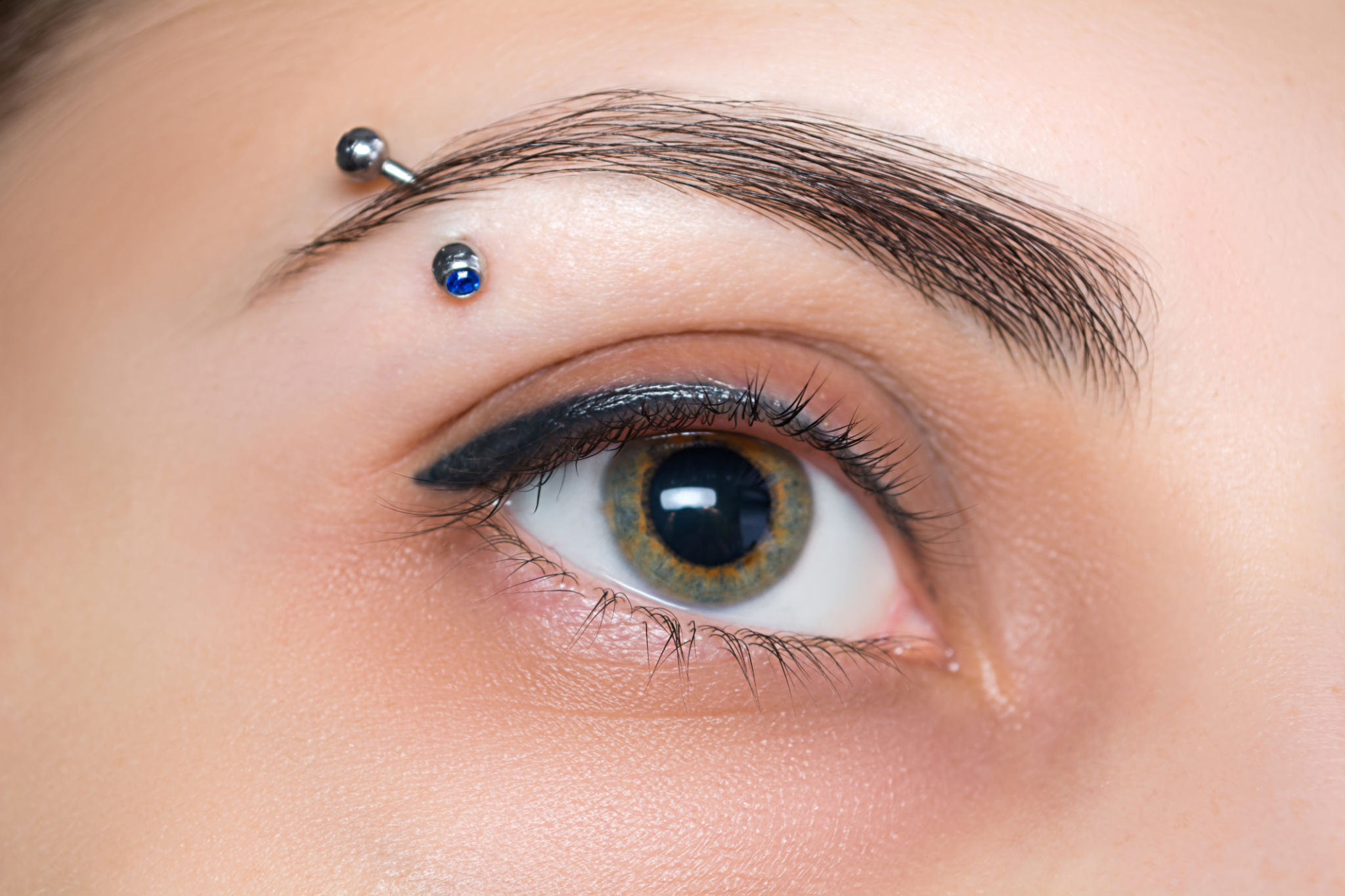Choosing the Right Piercing Jewelry: A Comprehensive Guide for USA Shoppers
Understanding Piercing Jewelry Materials
Choosing the right piercing jewelry begins with understanding the materials available. The material not only affects the aesthetics but also impacts comfort and healing. Common materials include surgical steel, titanium, gold, and biocompatible plastics. Surgical steel is a popular choice due to its durability and affordability. However, those with nickel allergies might prefer titanium, which is hypoallergenic and just as strong.
Gold is another classic option, offering a timeless look. For new piercings, 14k or 18k gold is recommended to ensure the metal is pure enough to prevent irritation. Additionally, biocompatible plastics like PTFE are flexible and ideal for active individuals or those with metal sensitivities.

Piercing Jewelry Types and Styles
Once you've decided on the material, consider the type and style of piercing jewelry. Each piercing has specific jewelry types designed for safety and comfort. Barbells are often used for tongue and industrial piercings, while labrets are common for lip piercings. Hoops and rings are versatile and can be used in various piercings like ears, nose, and eyebrows.
The style of the jewelry can express personal taste. From simple studs to intricate designs with gemstones, there's something for everyone. Consider your lifestyle when choosing styles; for instance, simpler designs may be more practical for everyday wear while elaborate pieces might be reserved for special occasions.
Sizing and Fit: Ensuring Comfort and Safety
Proper sizing is crucial to ensure comfort and prevent complications. Jewelry that's too small can cause irritation, while pieces that are too large may snag on clothing or hair. Always consult with a professional piercer to determine the right size for your specific piercing.

Gauge size refers to the thickness of the jewelry, and it varies depending on the piercing location. For example, standard earlobe piercings typically use 20-gauge or 18-gauge jewelry, whereas cartilage piercings may use 16-gauge or thicker. Length and diameter measurements are also important, especially for hoops and rings.
Caring for Your Piercing Jewelry
To maintain your piercing and jewelry in optimal condition, regular cleaning is essential. Use a saline solution or a gentle antibacterial soap to clean the jewelry and the piercing site. Avoid alcohol-based products as they can dry out the skin and delay healing.

If you notice any signs of infection or irritation, such as redness, swelling, or discharge, consult with a professional piercer or healthcare provider immediately. It's also a good idea to periodically check the fit and condition of your jewelry to ensure it's secure and free from damage.
Shopping Tips for USA Shoppers
When purchasing piercing jewelry in the USA, consider shopping from reputable retailers who specialize in body jewelry. Many offer a wide selection of materials and styles to suit different preferences and budgets. Online shopping can be convenient, but be sure to verify the store's authenticity by checking reviews and ratings.
Always look for detailed product descriptions that include material type, gauge size, and any certifications related to safety standards. Some businesses offer customization options if you're looking for something unique.

Conclusion: Making an Informed Choice
Selecting the right piercing jewelry involves considering material, style, size, and care requirements. By understanding these factors, you can make an informed choice that ensures both safety and personal satisfaction. Whether you're new to piercings or looking to update your collection, this guide provides a comprehensive overview to help you navigate the world of piercing jewelry with confidence.
